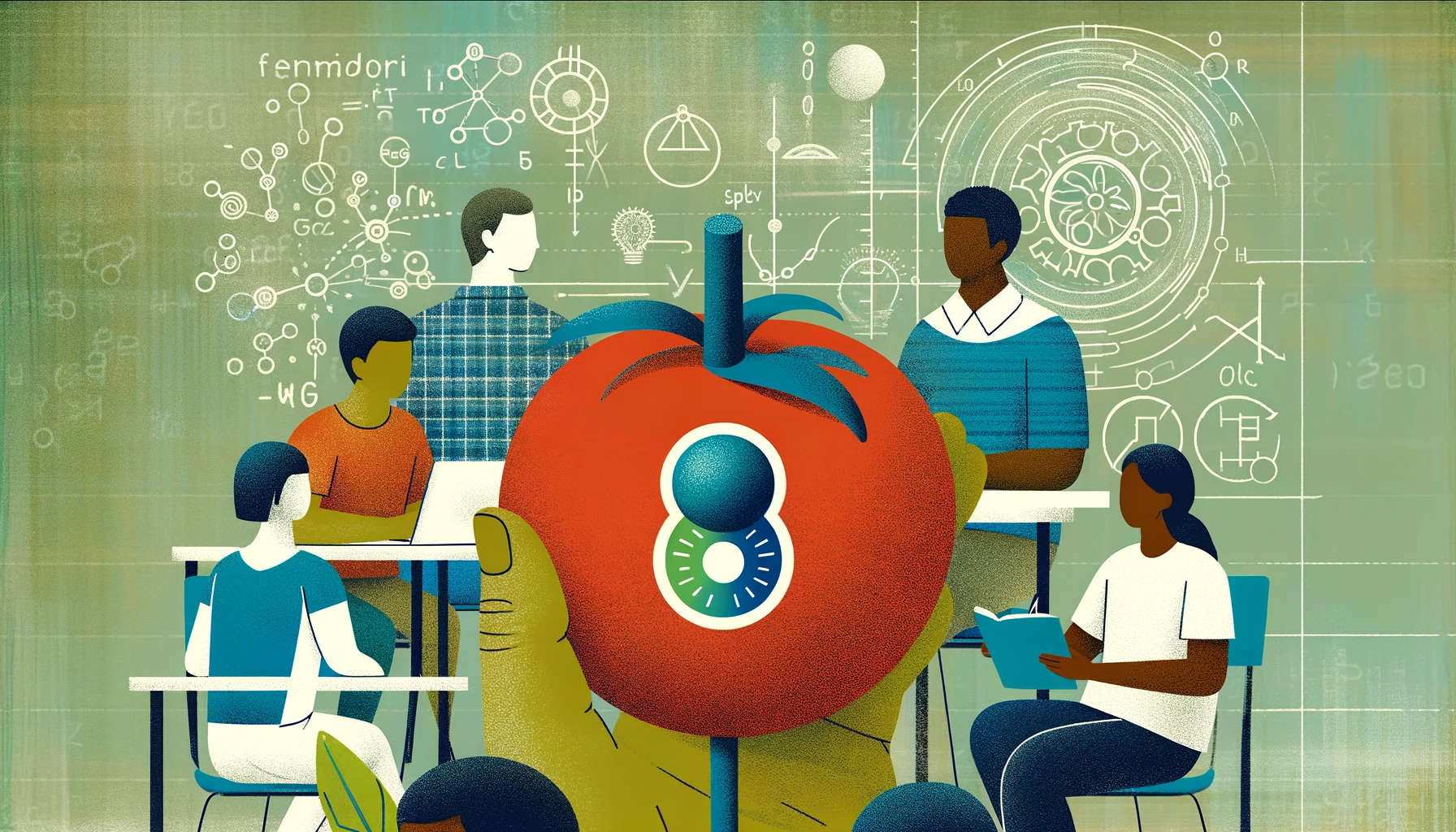3 Game-Changing Techniques for Teaching Students with ADHD
Many students with ADHD are left behind in the classroom. Crucially, this doesn't reflect their intellectual ability, but rather their ability to process information in the way it's being presented to them.
The ADHD brain operates differently from what is considered the 'typical' learning style. Unfortunately, traditional teaching methods often amplify the weaknesses of students with ADHD while neglecting their strengths.
At Up Tutors, we are passionately committed to ensuring every learner receives the support and guidance needed to unlock their academic potential. This commitment means employing a variety of techniques to accommodate each student's unique learning needs.
Here are three of what we've found to be the most effective techniques for assisting students with ADHD (*also applicable to students without a diagnosis but who are inattentive and easily distracted).
These techniques harness the ADHD brain's 'superpowers'—creative thinking, problem-solving, and risk-taking—allowing our students' true abilities to shine through.
1. Use the Pomodoro Technique
Break teaching sessions into 25-minute focused work periods followed by 5-minute breaks. Inspired by a tomato timer, this technique helps students concentrate fully on the task at hand.
Incorporating this technique has worked wonders for our students. Don't underestimate the impact of a 5-minute breather to pace around, drink water, or simply shake it out. We typically use 'two Pomodoros'—two 25-minute sessions—for our standard 60-minute tutoring sessions.
2. Try out the Interleaving Technique
The Interleaving technique involves teaching two or more related concepts at the same time. This may sound confusing, but remember, the ADHD brain is fantastic at lateral thinking, and is always on the hunt for something new.
Alternating between the concepts helps our students stay engaged and present. The key is that, while the concepts are different, they require the same set of skills. This approach reinforces skills and memory without being repetitive or boring—two things that can make the ADHD brain disengage instantly!
3. Set the Bar High
Leverage those risk-taking tendencies for a good cause! The ADHD brain seeks stimulation, so oblige with some challenging questions! Learning to work hard for a reward also helps students develop the ability to delay gratification.
Don't hesitate to give your students tough questions and let them struggle a bit—they often surprise themselves, and even you, with how much they can achieve!
These techniques not only address their unique learning needs but also celebrate their strengths. With the right support and strategies, every student can unlock their full potential.




